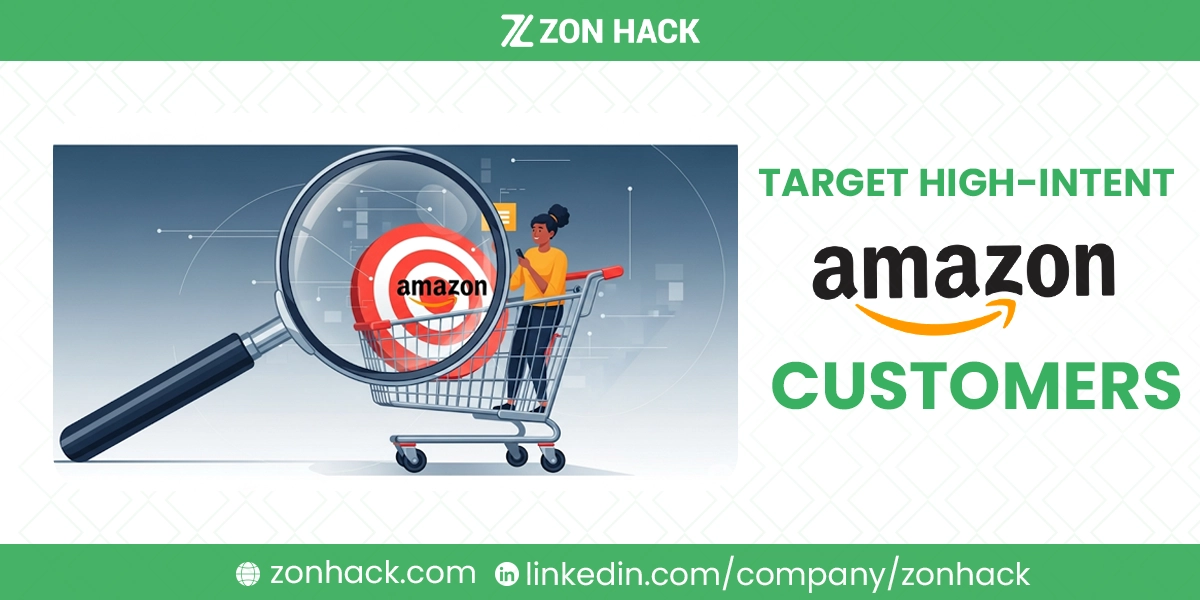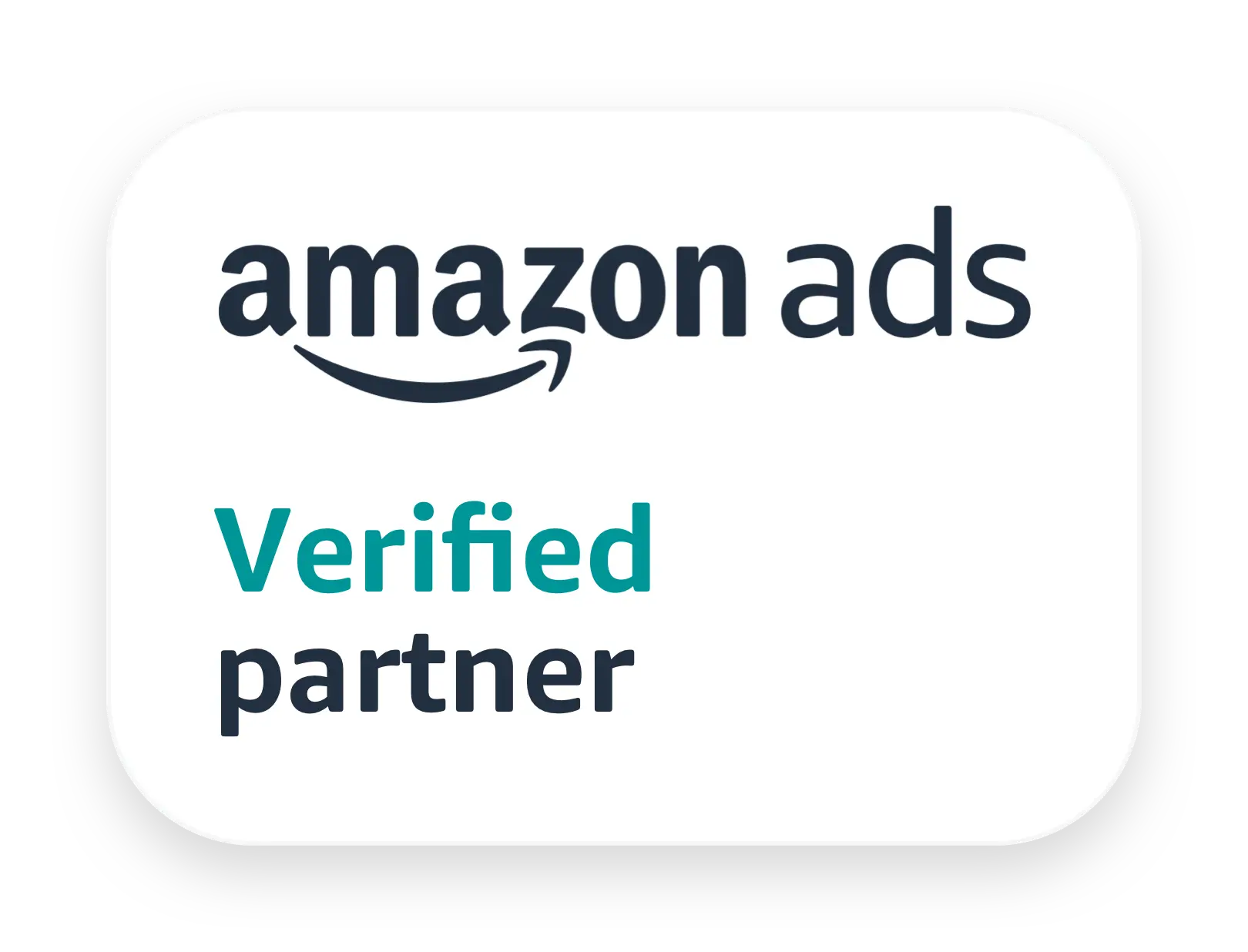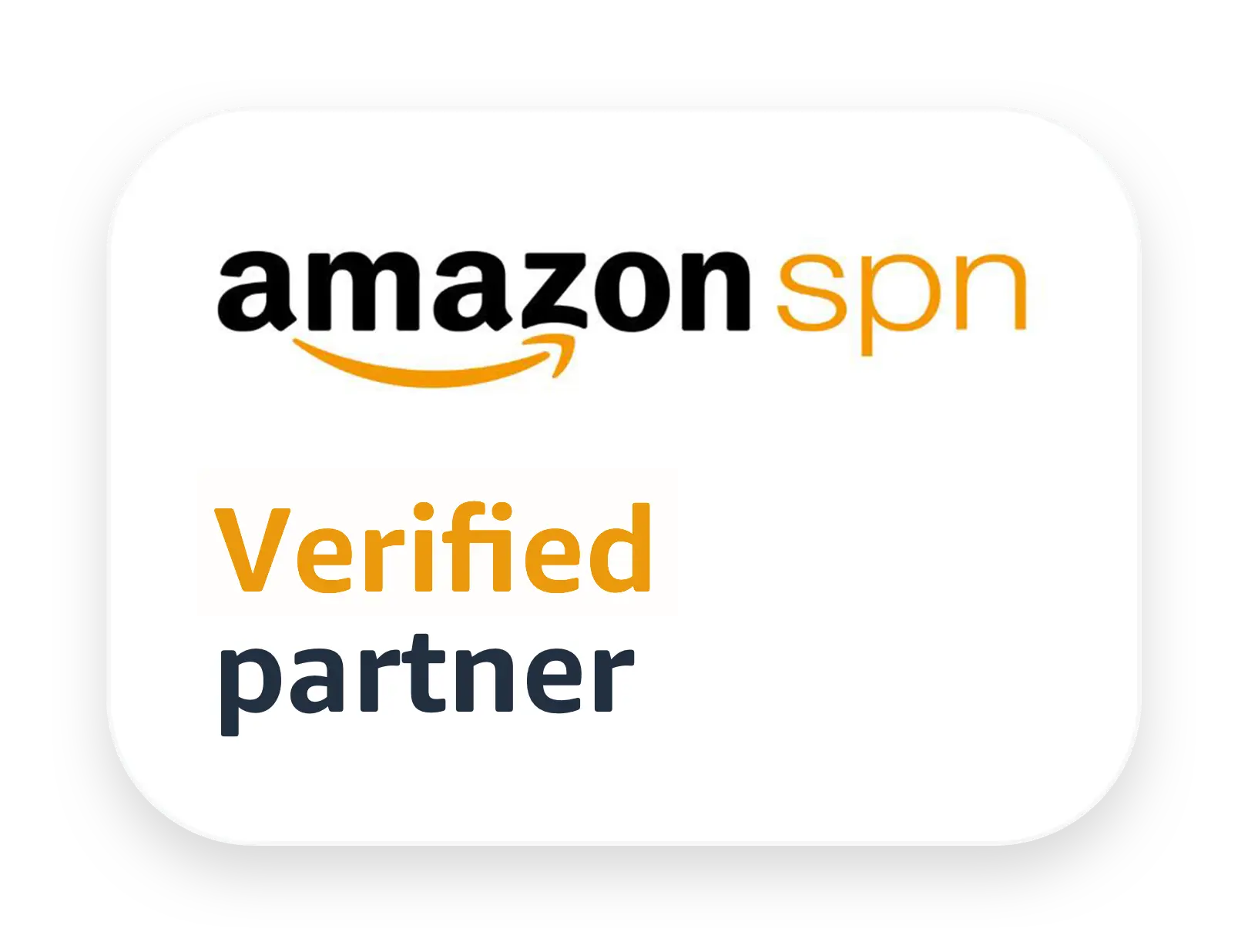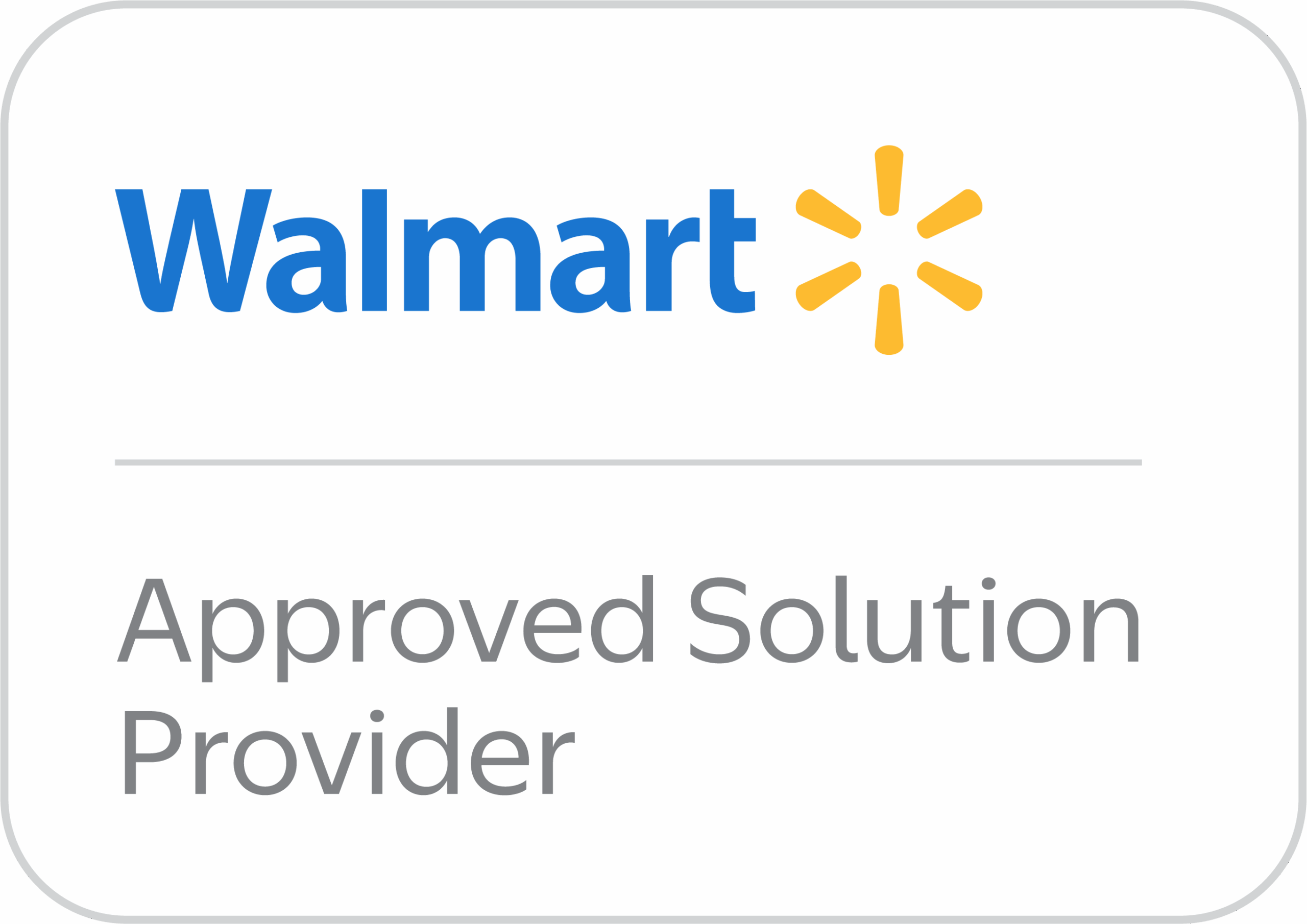If you’ve ever wondered how some sellers seem to win over Amazon shoppers so easily, it usually comes down to one thing: targeting high-intent customers. These are the people who aren’t just browsing. They’re ready to buy, credit card in hand, and they know what they’re looking for.
The good news is that Amazon gives us a ton of tools to find these shoppers and put our products in front of them. The tricky part is knowing how to use them the right way. Let’s break it down step by step so you can start converting more clicks into sales.
Mastering Keyword and Search Term Strategy
The words customers type into the search bar are a direct window into their minds. They tell me exactly what they want and how close they are to buying.
I always start by digging deep into a customer’s search behavior. It’s the most powerful tool I have. The words a customer uses reveal their intent, and I make sure I’m there to meet them.
Prioritize Long-Tail and High-Intent Keywords
My first step is to focus on long-tail keywords. These aren’t the generic, one-word searches like “headphones.” Instead, I look for phrases that show a clear intention to buy. Think of “noise-canceling wireless earbuds for travel” or “organic protein powder chocolate flavor 2lb.” These are the golden nuggets. They tell me the customer knows what they want and they’re ready to make a choice.
I find these keywords in a few different ways. I’ll start with Amazon’s own search bar. As I type in a broad term, Amazon’s auto-suggest feature gives me a list of more specific, high-intent phrases that people are actually searching for. I also use professional keyword tools like Helium 10 or Jungle Scout. They help me find the terms my competitors are using and show me which ones are driving the most sales. It’s like having a cheat sheet for the entire marketplace.
Use the Right Match Types
Once I have my list of keywords, I structure my Amazon PPC campaigns with specific match types. This is where I can really control who sees my ads.
For my top-performing, most specific keywords, I use Exact Match. This is the tightest control I can get. My ad will only show up for that exact phrase or a very close variation. It’s perfect for when I know a keyword converts well and I want to double down on it. It’s a surefire way to get sales.
Next, I use Phrase Match. This is a bit more flexible. It captures searches that include my keyword phrase in a specific order. For example, if my phrase is “running shoes for flat feet,” my ad might show up for “best running shoes for flat feet” or “women’s running shoes for flat feet.” This helps me catch variations of high-intent searches that I might not have thought of.
Finally, I use Broad Match for discovery. This is a bit of a fishing expedition. It allows my ad to show up for any search that includes my keywords, even if they’re in a different order or mixed with other words. I use this to find new, high-converting search terms. When I find a winner, I move it into my phrase or exact match campaigns to get more control and better results.
Implement Negative Keywords
This is a step I never skip. It’s all about avoiding wasted ad spend. I regularly review my Search Term Reports to see what people are typing in that is leading to clicks on my ads but not sales. For example, if I’m selling “wireless earbuds,” I might see searches for “earbud cases” or “earbud cleaning kit.” These are people looking for accessories, not the product itself.
I add these terms to my negative keyword list. This tells Amazon not to show my ads for those specific searches. It filters out low-intent traffic and makes my ad budget go much further. It’s a simple but incredibly effective way to protect my bottom line.
Leveraging Amazon’s Advertising Solutions
Beyond keywords, Amazon offers a whole suite of advertising tools that I use to reach customers at every step of their journey. I use them together to create a cohesive strategy.
Amazon’s ad platform is powerful. It allows me to put my products right in front of the people most likely to buy them. I use a mix of these ad types to get the best results.
Sponsored Products
This is my go-to ad type for high-intent shoppers. These are the ads that appear right on the search results page and on product detail pages. When a customer searches for a product, I want my ad to be the first thing they see. It puts my product directly in the path of a customer who is actively looking to buy. I use this to drive sales for my most important products.
Sponsored Display
This is a fantastic tool for retargeting. I love it because it lets me reconnect with customers who have already shown interest in my products. Maybe they clicked on my ad or viewed my product page but didn’t make a purchase. With Sponsored Display, I can show them ads for my product on other Amazon pages or even on websites and apps across the internet. It’s a gentle reminder that keeps my brand top of mind. This is great for converting people who are on the fence.
Sponsored Brands
I use Sponsored Brands to tell my brand’s story. These ads appear at the very top of search results and can feature my brand logo and a custom headline. I also use them to drive traffic to my Amazon Storefront. This gives me a chance to showcase not just one product, but my entire catalog. It helps me build a relationship with customers and turn a single sale into a lasting brand loyalty.
Amazon DSP (Demand-Side Platform)
For more advanced targeting, I use Amazon DSP. This is where I can get really specific. I can target “in-market” audiences—people whose browsing and purchasing behavior on and off Amazon shows that they are actively thinking about buying a product in a certain category. For example, if someone has been looking at a lot of camping gear, I can show them an ad for my new camping tent. This takes my targeting to a whole new level and helps me find customers who are ready to buy but just haven’t found my product yet.
Optimize Your Product Listings (Retail Readiness)
An ad can get a customer to my product page, but the listing itself is what seals the deal. It has to be perfect. I think of it as my virtual storefront. Everything has to be in its right place and look amazing.
A great ad is only half the battle. If my product page isn’t ready to convert, all that ad spend is wasted. I make sure my listings are polished, persuasive, and ready to sell.
Keyword-Rich and Clear Titles
My title is the first thing a customer sees. It has to be scannable and include my most important keywords. I make sure it’s not just a bunch of words strung together, but a clear, descriptive phrase that tells the customer exactly what the product is. A good title might include the brand, product name, key features, and a high-intent keyword.
Compelling Bullet Points
I use the bullet points to sell the benefits, not just the features. For example, instead of saying “built-in microphone,” I might say “Crystal-clear calls with a built-in noise-canceling microphone, so you sound great even in a noisy cafe.” I use short sentences and bold key phrases to make it easy for customers to scan and find the information they care about most.
High-Quality Images and Videos
I never skimp on images. I use a mix of professional photos with a white background and lifestyle shots that show the product in action. I also use infographics to highlight key features, dimensions, and benefits. A short video can be a game changer, too. It lets me show the product from every angle and demonstrate how it works. It’s the closest thing to a hands-on experience a customer can get online.
A+ Content
For my brand-registered products, I use A+ Content. This allows me to create a more visually engaging product page. I can add comparison charts, beautiful images, and a more detailed brand story. It helps me stand out from my competition and builds more trust with potential buyers.
Create Targeted Audiences Using Amazon Marketing Cloud (AMC)
For the most precise and high-value targeting, I use Amazon Marketing Cloud (AMC). This is where I take things from good to great.
I’ve found that some customers are more valuable than others. They buy more often or spend more money. AMC helps me find them and gives me the data I need to reach them again and again.
AMC allows me to dig into my customer data to identify my most valuable shoppers. I can see who has bought my product multiple times, who spends the most, and who engages with my brand the most. Once I have this information, I can create custom audiences based on these behaviors. For example, I can build an audience of people who have bought from me at least three times in the last six months.
Once I have these custom audiences, I use AMC data to create highly personalized campaigns. I can show a retargeting ad to my high-value customers with a special offer or a loyalty promotion. I can also use this data to find similar customers who haven’t bought from me yet. It’s a powerful way to maximize my ad spend and build a strong, loyal customer base.
Conclusion
Targeting high-intent Amazon customers is not a one-and-done task; it’s a continuous process of learning, testing, and optimizing. The good news is that the tools and strategies I’ve shared with you are within your reach. By focusing on smart keyword strategies, leveraging Amazon’s powerful advertising solutions, and optimizing your product listings to perfection, you can transform your business. Don’t be discouraged if you don’t see results overnight. Building a successful Amazon business takes time and patience, but the rewards are well worth the effort.




